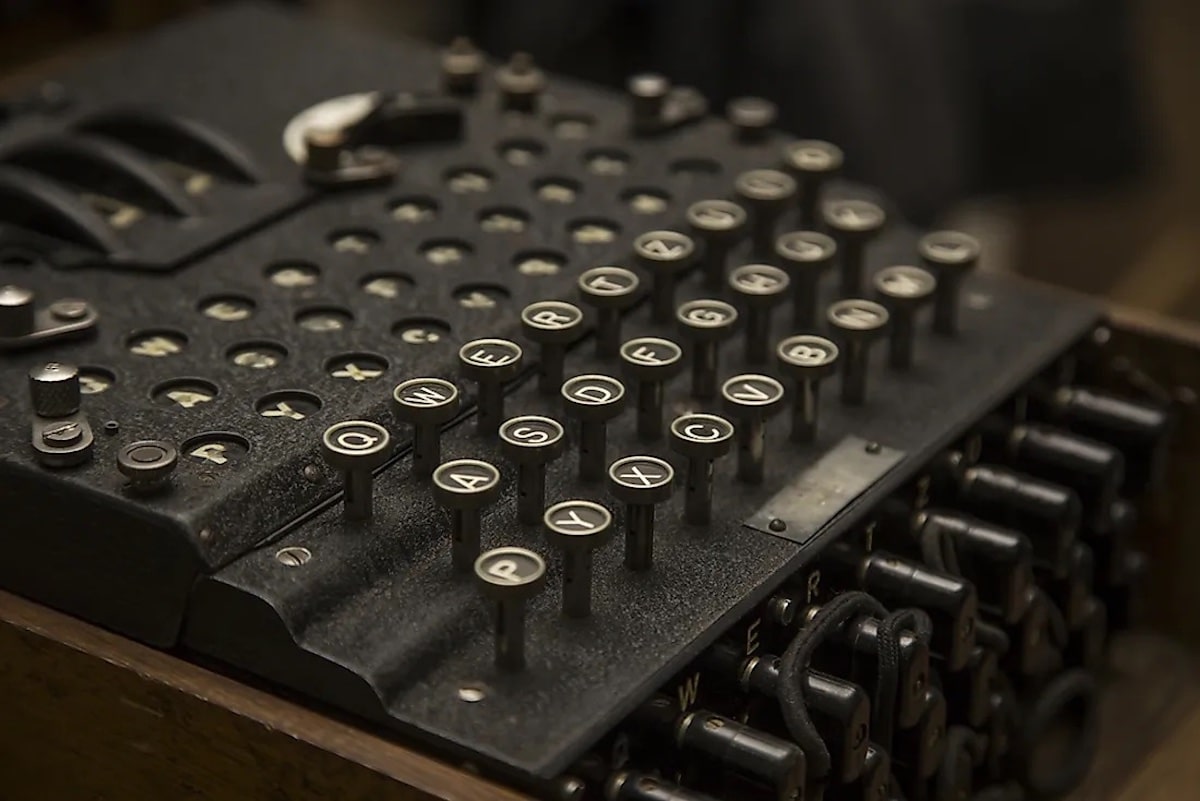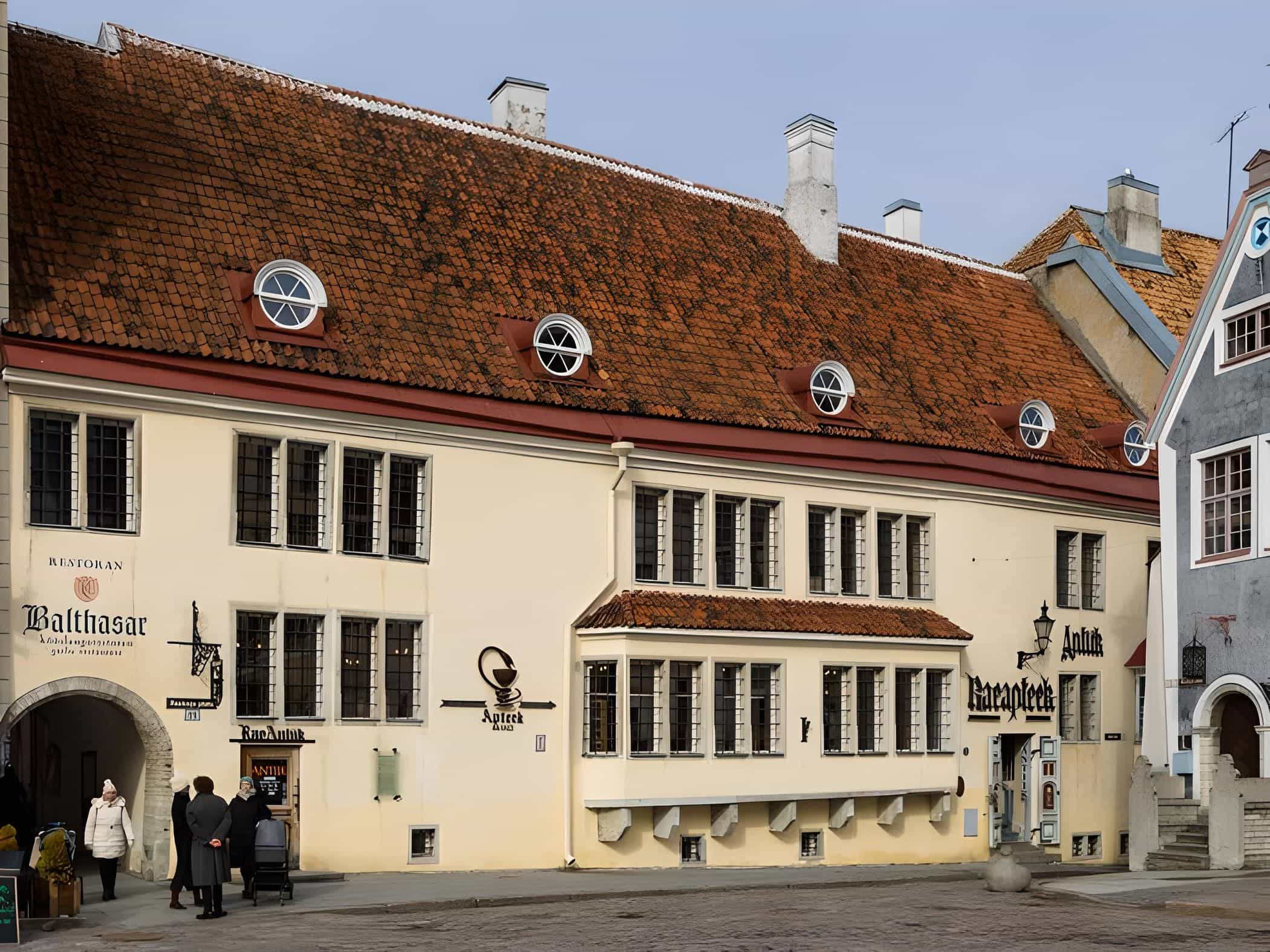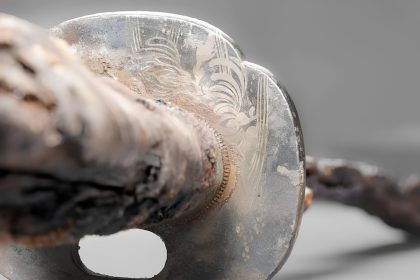The term “Wunderwaffe” translates to “wonder weapon” in German. It gained prominence during World War II, referring to innovative and technologically advanced weapons developed by Nazi Germany. The historical context and significance of Wunderwaffe lie in its attempts to gain a strategic advantage through cutting-edge military technology. Wunderwaffe emerged during a period of intense global conflict, where nations sought technological superiority. Nazi Germany, under the leadership of Adolf Hitler, invested heavily in the development of unconventional weapons to shift the balance of power.
Operation Paperclip was a U.S. initiative to recruit German scientists, including those involved in Wunderwaffe projects, to gain expertise in advanced technologies.
Iconic Wunderwaffe Projects
V-weapons: V-1 and V-2
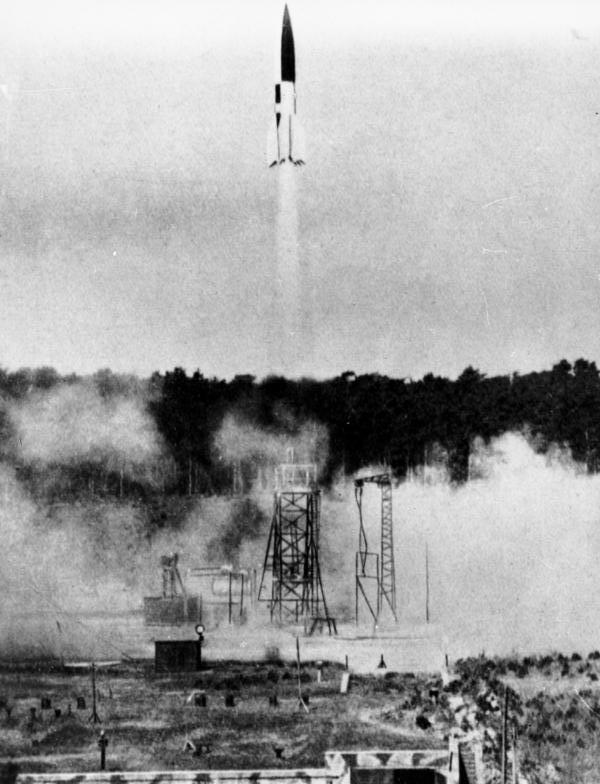
The V-Weapons (Vergeltungswaffen) were the first cruise missiles and ballistic rockets in history. They were developed by German engineers at the Peenemünde Army Research Center on the island of Usedom and were primarily intended for bombing the British capital, London, and the Belgian port city of Antwerp. The V-1 was a flying bomb launched from a ramp or aircraft, powered by a jet engine, reaching speeds of approximately 600 km/h with a range of about 370 km. The V-2, on the other hand, was a rocket launched from a mobile platform equipped with a liquid-fuel rocket engine, achieving speeds of up to 5000 km/h and a range of about 320 km. The V-2 marked the first human-made construction to breach the boundary into space.
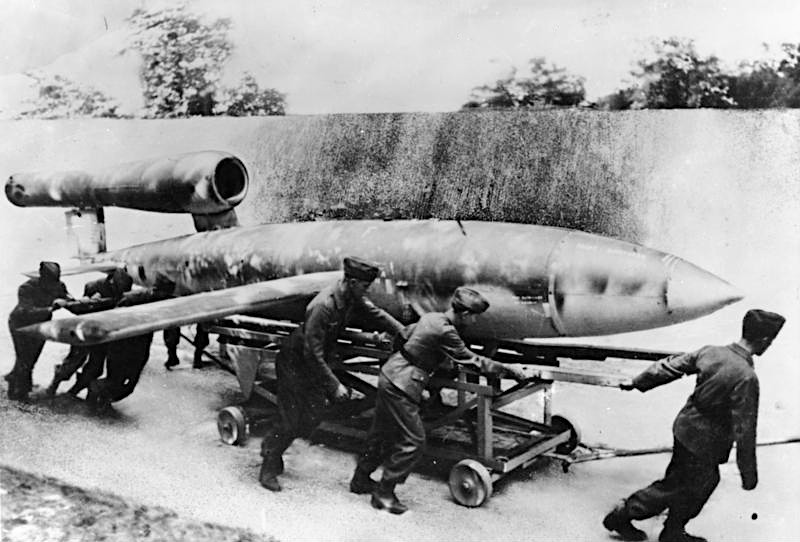
Deployed from June 1944 onward, following the Allied landings in Normandy, the V-Weapons aimed to break the morale of the British population and disrupt Allied supply lines. However, their military effectiveness was limited, as they often missed their targets, causing predominantly civilian casualties. The Allied air force and anti-aircraft artillery successfully intercepted many V-1 missiles, while the V-2, though difficult to defend against, suffered from significant accuracy issues. Furthermore, the production and transportation of V-weapons resulted in a higher loss of life compared to their actual deployment.
The forced laborers assembling these weapons in underground factories endured inhumane conditions, leading to thousands of deaths. The V-weapons also consumed substantial resources that could have been allocated to other weaponry or troop support. Consequently, the V-weapons served more as a testament to the desperation than the strength of the Nazi regime.
Jet Fighters: Me 262 and He 162
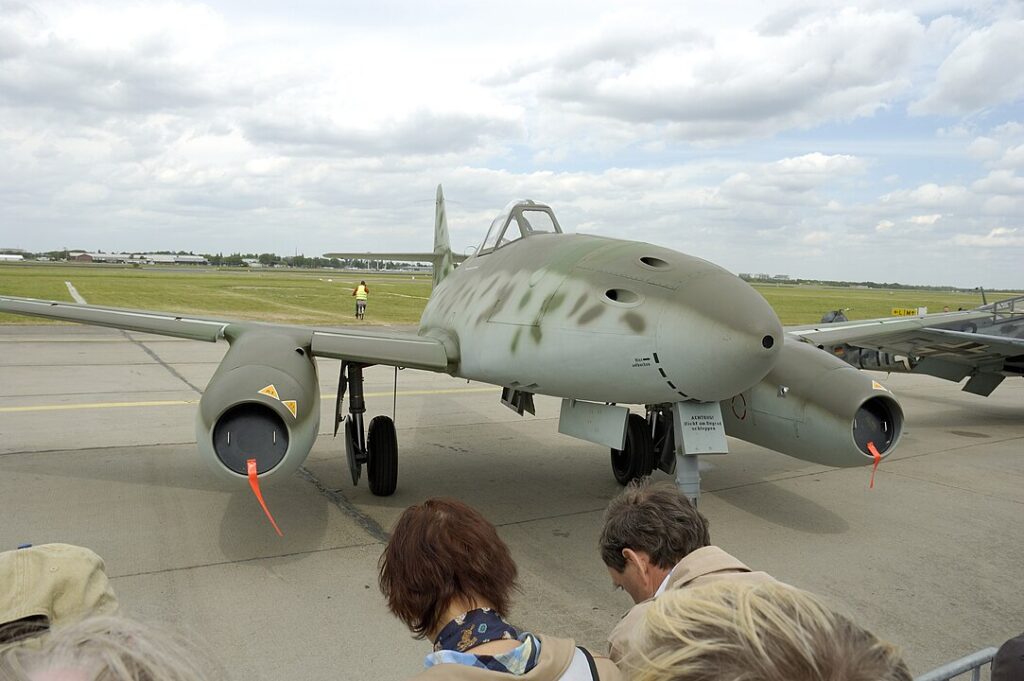
The first aircraft with jet engines were the jet fighters. With the intention of undermining the Allies’ air superiority, German aircraft manufacturers Messerschmitt and Heinkel developed them. The Me 262 was the world’s first operational jet fighter, reaching a top speed of approximately 900 km/h and being armed with four 30mm cannons and up to 24 air-to-air missiles. The He 162, on the other hand, was a simple and inexpensive jet fighter intended for inexperienced pilots, boasting a top speed of around 840 km/h and equipped with two 20mm cannons.
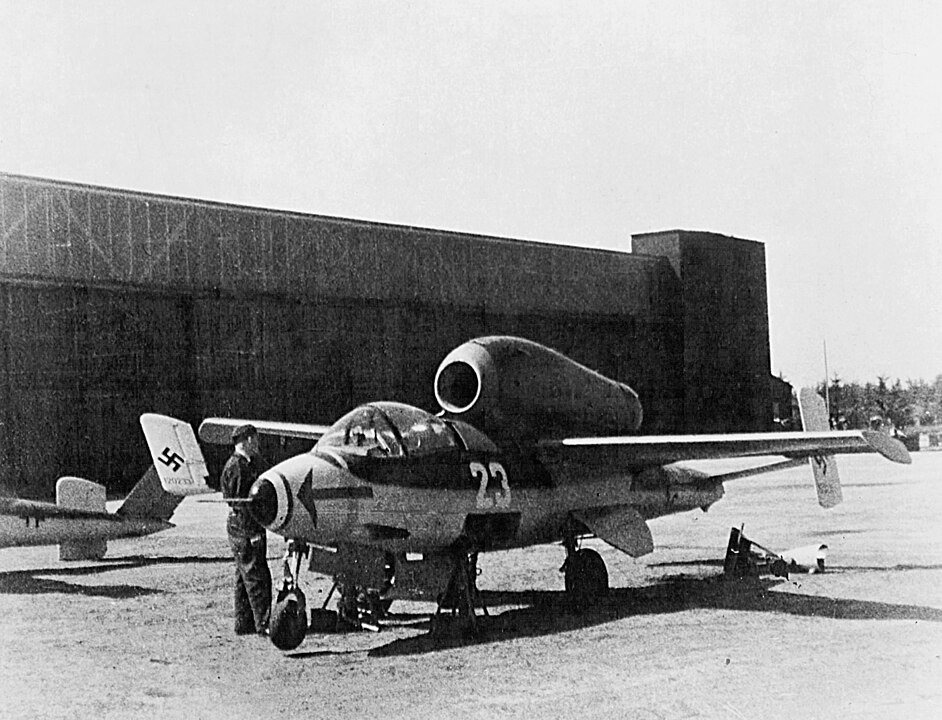
Deployed from August 1944 onwards, the jet fighters aimed to intercept and destroy Allied bombers and their escorting fighters, responding to the heavy damage inflicted on German industry and infrastructure by Allied bomber formations. However, the jet fighters were too few, arrived too late, and suffered from technical flaws, making them incapable of turning the tide of the war. Despite the Me 262’s superior speed and firepower compared to Allied fighters, it was also bulkier and more susceptible to technical malfunctions. On the other hand, the He 162, while lighter and more maneuverable, was less stable and posed greater risks to its pilots.
Jet fighters faced challenges such as fuel shortages, insufficient pilot training, and constant Allied attacks on their airfields. Despite achieving some successes, they also incurred significant losses. Consequently, the jet fighters symbolized more of an innovation under the NS regime than an effective military tool.
Jet propulsion, exemplified by the Messerschmitt Me 262, was a groundbreaking technology that gave Germany an edge in high-speed aerial warfare.
Tanks: Tiger II and Panzer VIII “Maus”
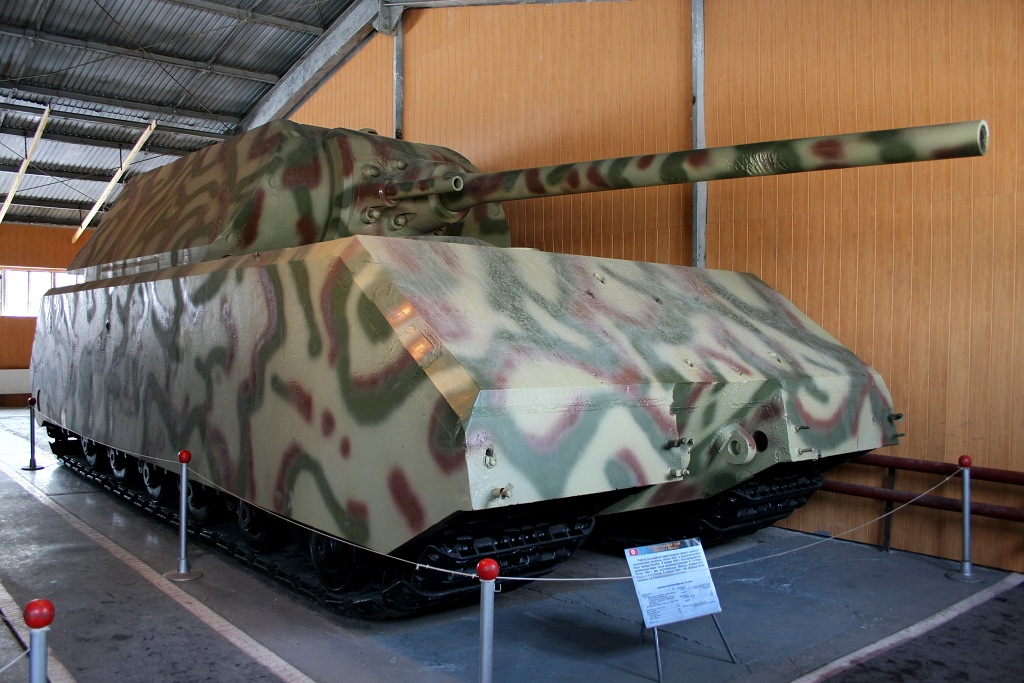
The tanks were the primary weapons of the German armored forces, which achieved significant success in the Blitzkrieg. In an effort to outperform allied tanks, German tank manufacturers Henschel, Porsche, and Krupp developed them. The Tiger II was the heaviest and most powerful tank deployed in World War II, weighing approximately 70 tons and equipped with an 88mm cannon and 80mm armor. It could eliminate almost any allied tank from a considerable distance but had the drawback of being slow, unreliable, and challenging to transport. The Maus was the heaviest and largest tank ever built, weighing around 188 tons and armed with a 128mm cannon and 240mm armor. Intended to be nearly invincible, it was excessively slow, impractical, and never operational.
The tanks were deployed in July 1944, after the Allies had advanced in France and Italy. Their purpose was to break through allied tank defenses and destroy them. However, the tanks were too few, arrived too late, and were unsuitable to impact the war significantly. Although the Tiger II was powerful and feared, it was also rare and prone to mechanical issues. The Maus, while gigantic and impressive, was ultimately useless and unrealistic. The tanks also faced challenges such as fuel shortages, a lack of air support, and constant Allied superiority. While they won some battles, they also suffered many losses. Thus, the tanks were more a symbol of megalomania than the rationality of the Nazi regime.
Schwerer Gustav
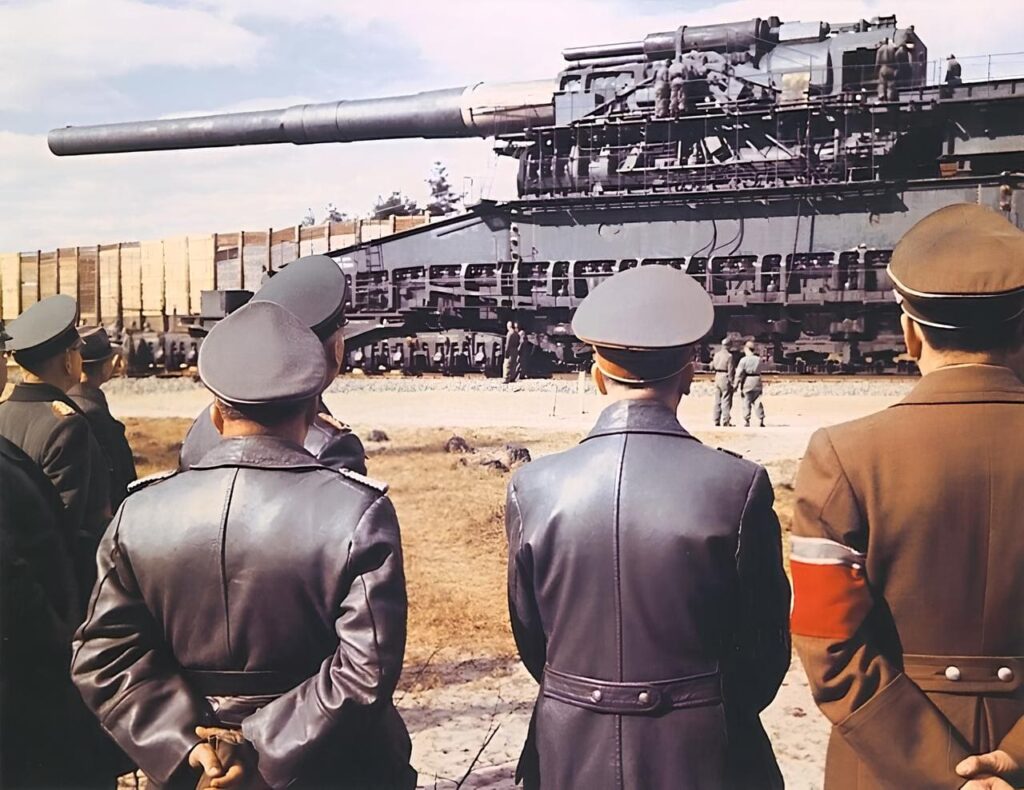
Nazi Germany used a sizable railway gun during World War II called the Schwerer Gustav, also known as the Gustav Gun. Designed and built by the German arms manufacturer Krupp, Schwerer Gustav was one of the largest artillery pieces ever created. Development began in the late 1930s, and the gun was completed in 1941.
Schwerer Gustav had a caliber of 800 mm (31.5 inches), and its barrel was over 30 meters (98 feet) long. The gun weighed around 1,350 metric tons, and its overall length, including the barrel and the transport carriage, was approximately 47.3 meters (155 feet).
The primary purpose of Schwerer Gustav was to destroy heavily fortified targets, such as the French Maginot Line and the Soviet fortifications, during the siege of Sevastopol. It was transported on a specially designed railway carriage.
Schwerer Gustav was deployed during the invasion of the Soviet Union in 1942. It played a significant role in the siege of Sevastopol, where it targeted Soviet fortifications. The gun was later moved to the Eastern Front to support the German offensive against Stalingrad but was ultimately never used in that theater.
Due to its immense size and the advancing Allied forces, the Germans decided to dismantle Schwerer Gustav in 1945 to prevent its capture. The parts were captured by the Soviet Union, and the gun itself was never used again.
Schwerer Gustav remains an engineering marvel, representing the extreme capabilities of wartime artillery. It is a symbol of the technological advancements and strategic thinking employed by the Axis powers during World War II.
While Schwerer Gustav was an impressive feat of engineering, its deployment was limited, and its dismantling marked the end of its operational history. Today, it stands as a historical artifact, representing the monumental scale of weaponry during World War II.
Horten Ho 229: The World’s First All-Wing Jet
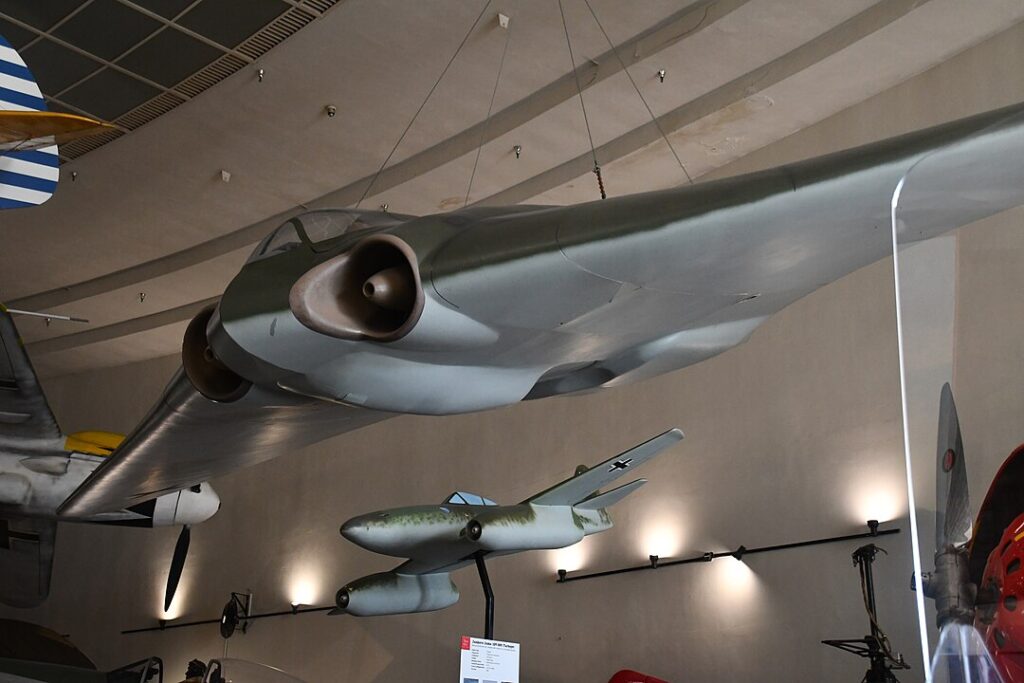
The Horten Ho 229 (Gotha Go 229, Horten H IX) was a revolutionary aircraft design developed towards the end of World War II by the brothers Reimar and Walter Horten. It marked the world’s first flying wing jet, eliminating the need for conventional tail surfaces and a fuselage. The Horten Ho 229 was intended to serve as a high-speed fighter and bomber, meeting the specific requirements set by Hermann Göring: a payload of 1000 kilograms, a range of 1000 kilometers, and a speed of 1000 kilometers per hour.
The Horten brothers designed the Ho 229 as a high-speed, high-altitude reconnaissance and bomber. The flying wing design was intended to reduce drag and increase efficiency, providing better performance compared to conventional aircraft.
The Ho 229 was equipped with two Junkers Jumo 004B turbojet engines mounted on each wing. Jet propulsion was an important development, offering the potential for higher speed and altitude.
The aircraft featured some stealth-like features, such as a charcoal-based coating on the undersurface to absorb and reduce radar reflections. The Horten Ho 229 prototype V3 was built and tested in 1944. However, it did not see operational use during World War II.
At the end of the war, the Allies managed to capture the V3 prototype. Some claim that the Germans destroyed other prototypes to prevent them from falling into Allied hands, but this is still disputed.
The Ho 229 is considered an innovative design and a forerunner of modern flying wing aircraft. Its influence can be seen in later aircraft, including the Northrop B-2 Spirit stealth bomber.
A full-scale replica of the Ho 229 V3 was built and is on display at the Udvar-Hazy Center of the Smithsonian National Air and Space Museum in the United States. The Horten Ho 229 is a testament to the innovative spirit of aircraft design during World War II, which pushed the boundaries of technology and influenced future developments in aviation.
Conclusion
The wonder weapons in World War II were not wonders but delusions. They resulted from a distorted perception of the war situation, an exaggerated hope for victory, and ruthless exploitation of human beings and resources. While technically advanced and occasionally groundbreaking, they were also inefficient and ineffective. They could not determine the outcome of the war but only prolong it. Consequently, they were not weapons but rather symbols of the Nazi regime.



